Table of content
Sweet and sour pork ribs, a beloved dish in many cuisines, traditionally relies on deep-frying or pan-searing with oil to achieve its signature crispy texture and rich flavor. However, for those seeking a lighter, healthier alternative without compromising taste, an oil-free preparation method offers a perfect solution. This article guides you through creating tender, flavorful sweet and sour pork ribs using simple, wholesome ingredients and techniques that eliminate excess fat while preserving the dish’s irresistible tangy-sweet appeal. Whether you’re cooking for a family dinner, a potluck, or a weeknight meal, this recipe proves that indulgence doesn’t have to come at the cost of nutrition.
The Appeal of Oil-Free Cooking
Before diving into the recipe, it’s essential to understand why oil-free cooking has gained popularity. While oils add richness and aid in browning, they also contribute significant calories and saturated fats. By eliminating oil, you reduce the dish’s overall calorie count and create a meal that’s kinder to the heart and digestive system. This doesn’t mean sacrificing flavor or texture—innovative cooking methods, such as baking, broiling, or using natural sugars and acids, can replicate the desired effects without the grease.
Ingredients: A Balance of Flavor and Health
The key to a successful oil-free sweet and sour sauce lies in harmonizing natural sweetness, tanginess, and umami. Below is a list of ingredients you’ll need, along with substitutions for dietary restrictions:
For the Pork Ribs
- 2 lbs (900g) pork spare ribs: Opt for meaty ribs with a balance of fat and lean meat. If possible, choose pasture-raised or organic pork for better flavor and ethical sourcing.
- 1 tbsp baking soda (optional): Tenderizes the meat when marinated.
- 1 tbsp cornstarch: Helps create a subtle crust without oil.
- 1 tsp salt: Enhances the meat’s natural flavors.
- 1 tsp black pepper: Adds a mild heat and aromatic complexity.
For the Sweet and Sour Sauce
- 1/2 cup pineapple juice (unsweetened): Provides natural sweetness and acidity. Substitute with apple juice or orange juice if unavailable.
- 1/4 cup rice vinegar: Offers a bright, tangy kick. Apple cider vinegar works as an alternative.
- 1/4 cup coconut aminos or low-sodium soy sauce: Adds savory depth. Use tamari for gluten-free diets.
- 3 tbsp honey or maple syrup: Balances the acidity with natural sweetness. Adjust to taste.
- 2 tbsp tomato paste: Thickens the sauce and adds umami.
- 1 tbsp fresh garlic, minced: Use jarred minced garlic for convenience.
- 1 tbsp fresh ginger, grated: Enhances the sauce’s aromatic profile.
- 1 tsp red pepper flakes (optional): For a hint of spice.
- 1 tbsp cornstarch (mixed with 2 tbsp water): Thickens the sauce to a glossy consistency.
Optional Garnishes and Additions
- Sesame seeds: Toasted for crunch.
- Green onions: Sliced thinly for color and freshness.
- Pineapple chunks: Fresh or canned (in juice) for added texture.
- Bell peppers: Diced and roasted for a vegetable boost.
Step-by-Step Preparation
Marinating the Ribs
Marinating is crucial for tenderizing the meat and infusing it with flavor. In a large bowl, combine the pork ribs with baking soda (if using), salt, and pepper. Toss gently to coat. Cover and refrigerate for at least 30 minutes, or up to 4 hours. The baking soda helps break down tough proteins, resulting in juicier ribs.
Preparing the Sauce
While the ribs marinate, prepare the sweet and sour sauce. In a saucepan over medium heat, combine the pineapple juice, rice vinegar, coconut aminos, honey, tomato paste, garlic, ginger, and red pepper flakes. Whisk until smooth. Bring the mixture to a simmer, then reduce the heat to low. Stir in the cornstarch slurry (cornstarch mixed with water) and cook for 2–3 minutes, or until the sauce thickens to a syrupy consistency. Remove from heat and set aside.
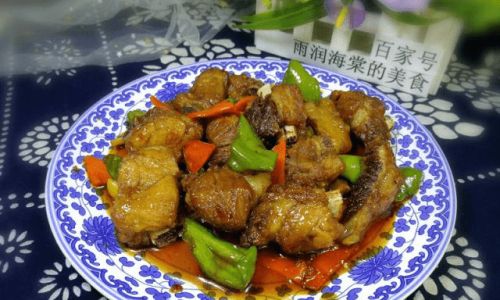
Cooking the Ribs Without Oil
Traditional recipes call for frying ribs in oil to achieve a crispy exterior, but this oil-free method uses baking and broiling to mimic the texture:
- Preheat the oven to 375°F (190°C). Line a baking sheet with parchment paper to prevent sticking.
- Remove the ribs from the marinade and pat them dry with paper towels. This step is essential for achieving browning.
- Toss the ribs with cornstarch until evenly coated. The cornstarch will absorb moisture and create a light, crispy layer during baking.
- Arrange the ribs in a single layer on the prepared baking sheet. Avoid overcrowding to ensure even cooking.
- Bake for 25–30 minutes, flipping halfway through, until the ribs are golden brown and cooked through. For extra crispiness, switch the oven to broil mode during the last 5 minutes, watching carefully to prevent burning.
Combining Ribs and Sauce
Once the ribs are cooked, transfer them to a large skillet or wok. Pour the sweet and sour sauce over the ribs and toss gently to coat. Cook over medium heat for 3–5 minutes, allowing the sauce to cling to the meat and caramelize slightly. This step intensifies the flavors and ensures the ribs are generously glazed.
Final Touches and Serving
Transfer the ribs to a serving platter and garnish with sesame seeds, green onions, and pineapple chunks. Serve immediately with steamed rice, quinoa, or stir-fried vegetables for a complete meal.
Tips for Perfect Oil-Free Sweet and Sour Ribs
- Master the Marinade: The longer you marinate the ribs, the more tender they’ll become. For deeper flavor, marinate overnight.
- Dry the Ribs Thoroughly: Excess moisture prevents browning. Pat the ribs dry with paper towels before coating with cornstarch.
- Use a Non-Stick Pan: If baking isn’t an option, sear the ribs in a non-stick skillet over medium-high heat. The natural fats in the pork will release during cooking, creating a crispy exterior without added oil.
- Adjust the Sweetness: Taste the sauce before adding it to the ribs. Add more honey for sweetness or vinegar for tanginess based on your preference.
- Add Vegetables: For a one-pot meal, toss diced bell peppers, onions, or carrots into the skillet during the final cooking stage. They’ll absorb the sauce’s flavors beautifully.
Nutritional Benefits of Oil-Free Cooking
This recipe slashes calories and saturated fat compared to traditional versions. A 3-ounce serving of oil-free sweet and sour ribs contains approximately:
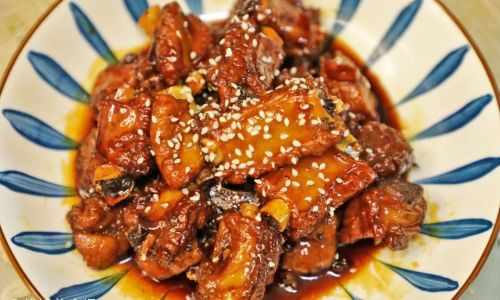
- Calories: 220 (vs. 350+ with frying)
- Fat: 8g (vs. 20g+ with frying)
- Protein: 25g
- Carbohydrates: 15g
The absence of oil also reduces inflammation and supports heart health, making this dish a smart choice for those managing cholesterol or weight.
Variations and Customizations
Spicy Kick
Add a diced jalapeño or sriracha to the sauce for heat lovers.
Fruit-Infused Sauce
Experiment with mango puree or apricot preserves for a tropical twist.
Gluten-Free Option
Use tamari instead of soy sauce and ensure your tomato paste is gluten-free.
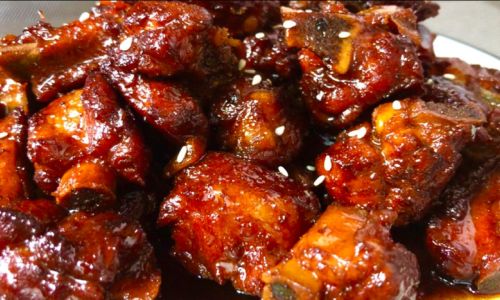
Low-Carb Version
Substitute honey with a sugar-free sweetener like erythritol and thicken the sauce with xanthan gum instead of cornstarch.
Common Mistakes to Avoid
- Overcrowding the Pan: This leads to steaming instead of browning. Cook ribs in batches if necessary.
- Skipping the Marinade: Without marinating, the meat may turn out tough.
- Using Sweetened Sauces: Store-bought sweet and sour sauces often contain added sugars and preservatives. Stick to homemade for better control over ingredients.
- Undercooking the Ribs: Ensure the internal temperature reaches 145°F (63°C) for safe consumption.
Cultural Context: Sweet and Sour in Global Cuisine
Sweet and sour flavors transcend borders, appearing in Chinese, Vietnamese, German, and Polish dishes. In Chinese cuisine, the balance of tián (sweet) and suān (sour) symbolizes harmony, often achieved with vinegar, sugar, and fruit. This recipe honors that tradition while adapting it to modern dietary needs.
Conclusion
Creating oil-free sweet and sour pork ribs doesn’t require culinary gymnastics—just a few smart swaps and techniques. By prioritizing natural flavors, marinating, and using high-heat baking methods, you can enjoy a dish that’s both indulgent and nourishing. Whether you’re catering to health-conscious guests or simply craving a lighter meal, this recipe proves that classic comfort foods can evolve without losing their charm. So fire up the oven, gather your ingredients, and savor every bite of this guilt-free delight. Your taste buds—and your waistline—will thank you.
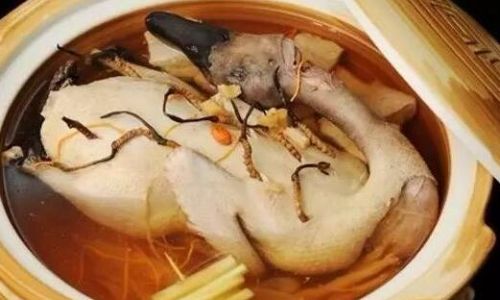

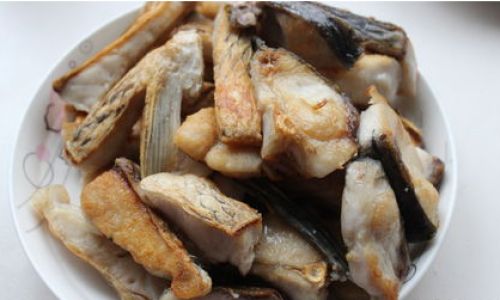
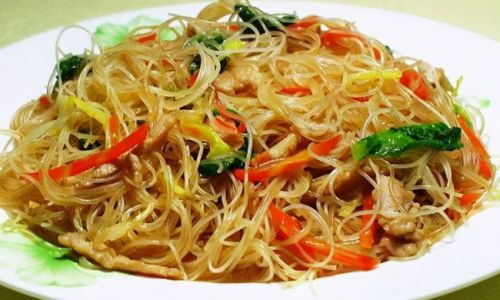
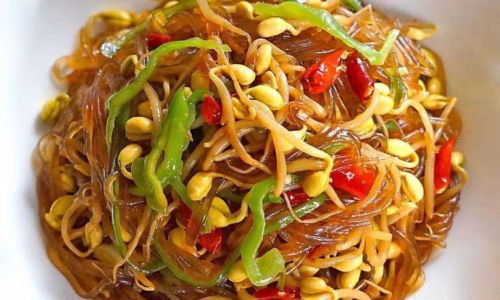
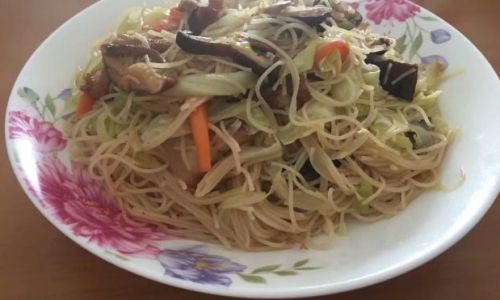
0 comments